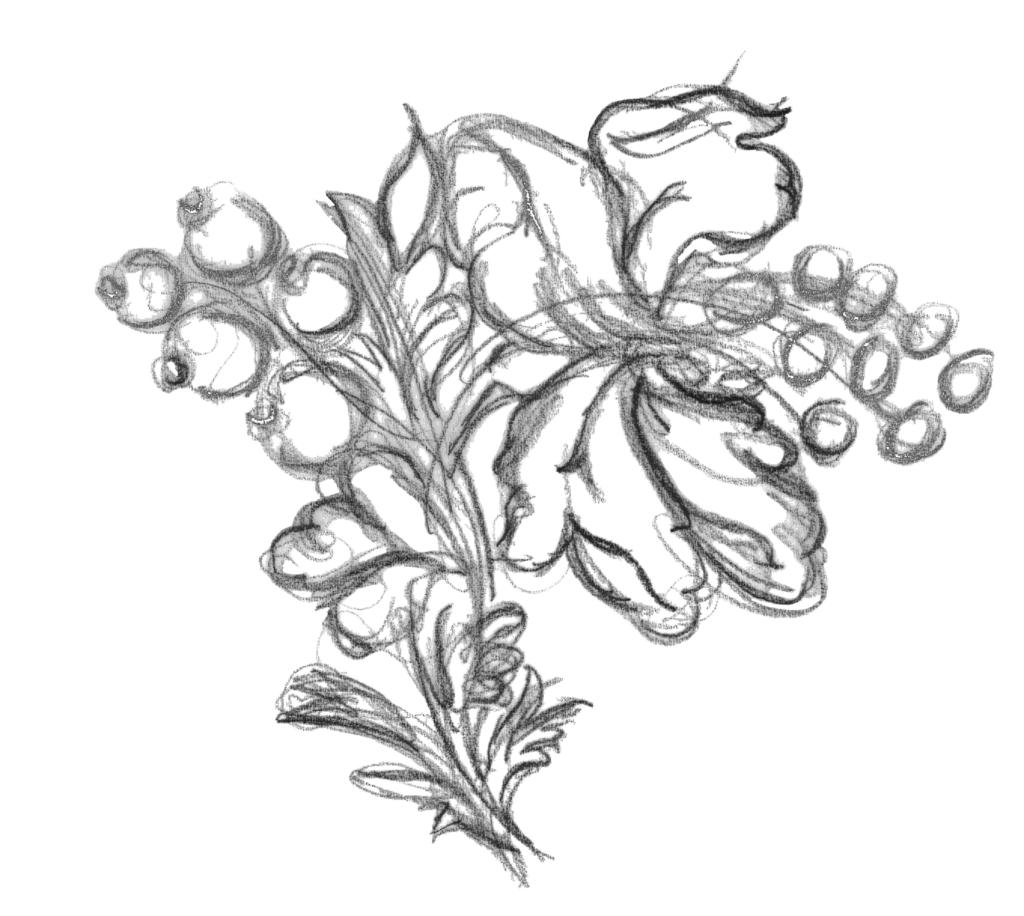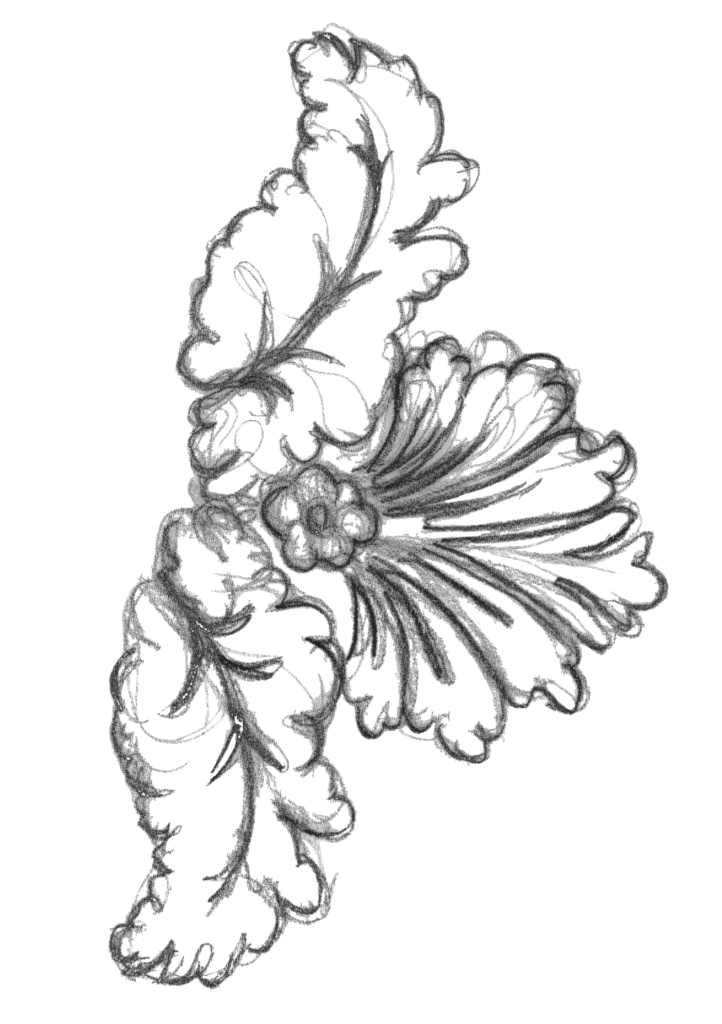Fibre obtained from animal, vegetable, or mineral sources, as opposed to those that are synthesized from low molecular weight chemicals or regenerated.
Dye obtained from such vegetable substances as roots, wood, bark, berries, lichens, insects, shellfish. Used since ancient times, many natural dyes are known today. They are still used in small quantities by craftspeople.
At one time applied to piece goods of cotton, wool or silk made 27 inches (68.6) wide or less.
Linen is the fibre obtained from the flax stalk. Traditionally linen is taken from pulled flax, to preserve the fibre length, and is then retted or rotted in water to separate the linen fibre from the surrounding soft material. It is considered to be the strongest natural fibre. Evidence shows that







